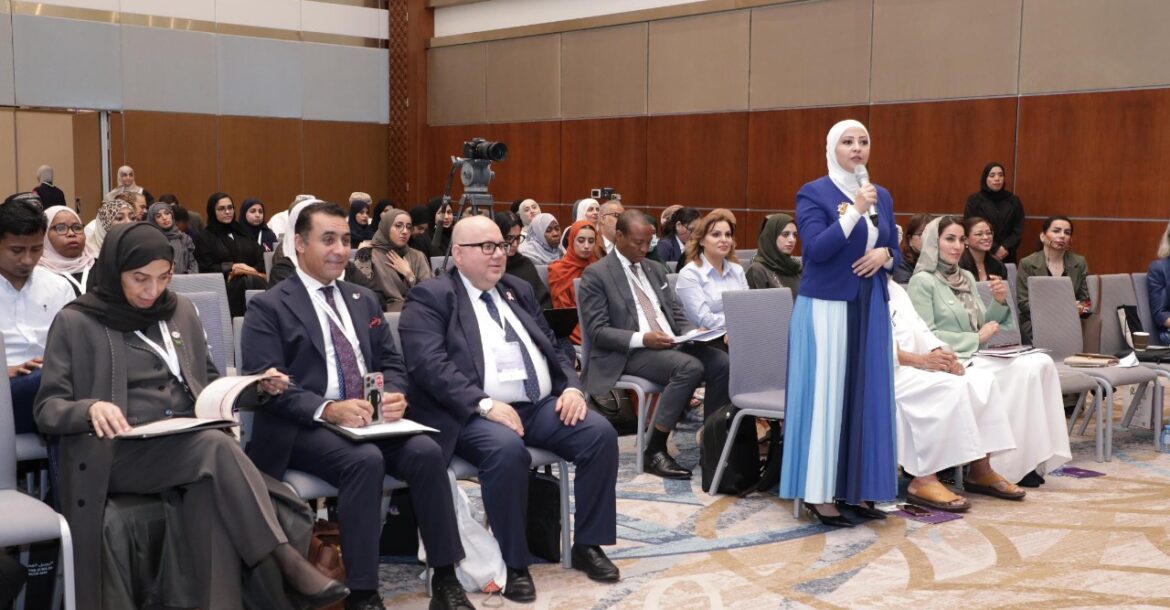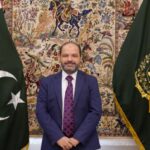Muscat: The discussions spotlighted how artificial intelligence, genomic analysis, and international collaboration are shaping the next generation of cancer prevention, diagnosis, and treatment.
Throughout the day’s sessions, experts emphasized that the future of cancer control lies in integrating cutting-edge scientific research with smart digital technologies to ensure early detection, precision treatment, and equitable healthcare access. Participants underscored the importance of building national capacities and strengthening partnerships between global research institutions to accelerate progress and sustainability in oncology.
Speakers also highlighted the often-overlooked emotional and social dimensions of cancer care, calling for more robust psychological support and rehabilitation programs. They urged the inclusion of recovered patients in awareness campaigns as powerful advocates for hope and resilience.
Read More
- Oman and Spain sign four MoUs to boost green energy, water management and investment cooperation
- Spain confers highest civilian honour on His Majesty Sultan Haitham during state visit
- Body of missing citizen found near Sultan Qaboos Port in Muscat
- His Majesty Sultan Haitham holds private meeting with King of Spain in Madrid
- Oman’s SQU Center records 4.2-magnitude earthquake in UAE, tremors felt in Dibba
The second day featured three major scientific sessions covering prevention, diagnosis, and treatment innovations. The opening session, “Cancer Prevention: National Strategies and Investment in Awareness,” called for comprehensive prevention strategies integrated into national health policies. Experts stressed that awareness, vaccination drives, and lifestyle changes are critical to reducing cancer rates and long-term social costs.
A segment dedicated to breast cancer introduced advanced robotic mastectomy techniques presented by Dr. Jayanathi Thomsi, who noted how precision surgery enhances both recovery and cosmetic outcomes. Sessions led by Dr. Mohammed Jaber and Professor Dimitrios Varvaras explored groundbreaking methods such as the VEXT NIP-NIPLE reconstruction technique and the growing role of immunotherapy in treating triple-negative breast cancer.
Other presentations, including “Diverse Tumors: From Early Detection to Precise Reconstruction,” focused on early screening programs for skin, oral, and cervical cancers. Specialists highlighted the importance of HPV vaccination in reducing cervical cancer rates, alongside updates in pediatric oncology and neuro-oncology, including the use of IDH inhibitors and retinal radiotherapy.
Radiotherapy breakthroughs also took center stage, with Dr. Sridhar detailing the use of CyberKnife and proton therapy for advanced tumors, while Dr. S.M. Sunitha discussed the high-precision MR-Linac technology that protects healthy tissue during treatment. Dr. Zahid Al-Mundhiri presented research on enhanced preoperative radiotherapy for breast cancer, emphasizing improved patient outcomes.
In a dedicated session on genitourinary cancers, experts examined new approaches in treating prostate and kidney tumors, highlighting the integration of robotic technologies and nano-ablation as emerging game-changers in patient care.
The day concluded with a high-profile session titled “The Role of NGOs: Community Partnerships and Innovation in Awareness,” featuring Her Royal Highness Princess Dina Mired, former President of the Union for International Cancer Control, along with other regional leaders. The panel discussed the vital role of non-governmental organizations in fundraising, public awareness, and psychosocial support. They emphasized social media’s power in spreading preventive health messages and promoting lifestyle changes.
Wrapping up the day’s discussions, a workshop on patient guidance reaffirmed that prevention, early diagnosis, and continuous research remain the cornerstone of cancer control. Delegates agreed that collaboration between scientific innovation, community awareness, and institutional partnerships is essential to reducing the disease’s global burden and improving patients’ quality of life.







